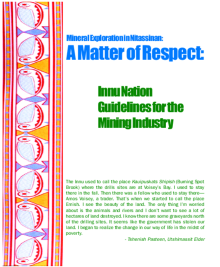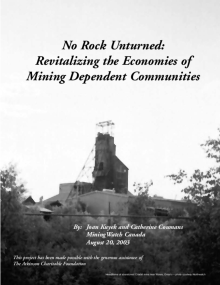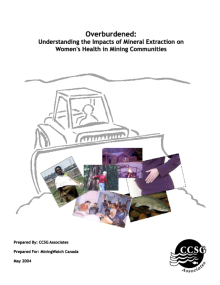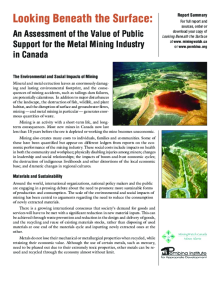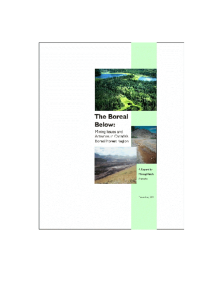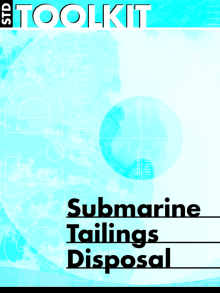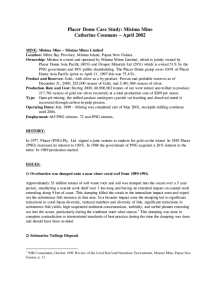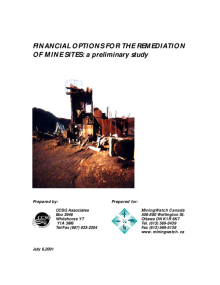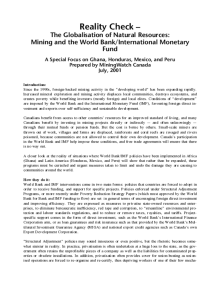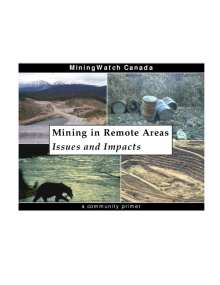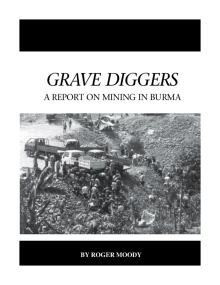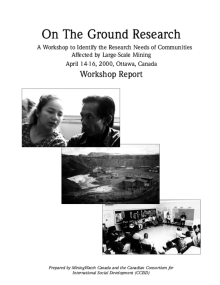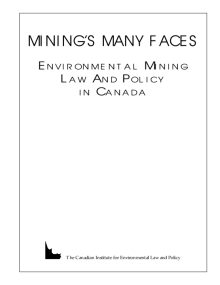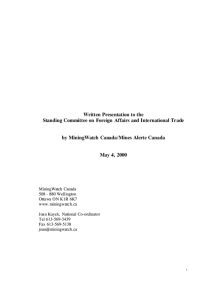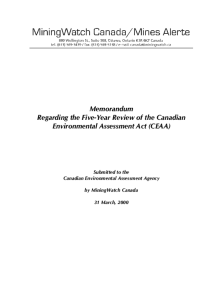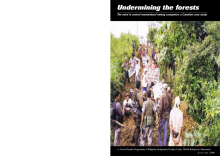Comments on the Comprehensive Study Report on the Victor Diamond Mine at Attawapiskat
The Victor project should be delayed until Attawapiskat First Nation and the communities in the Mushkekowuk Council region have created the capacity, land use planning and education to benefit from the profits from the mine over generations. Regulatory Authorities (RAs) and the Canadian Environmental Assessment Agency have a responsibility to find that there are "significant environmental effects" from the project and to address the impacts of these environmental effects on the lives of the First Nations people who depend on the environment affected by the mine. The need for an independent assessment of the mine's impacts is great enough to require a panel review.

